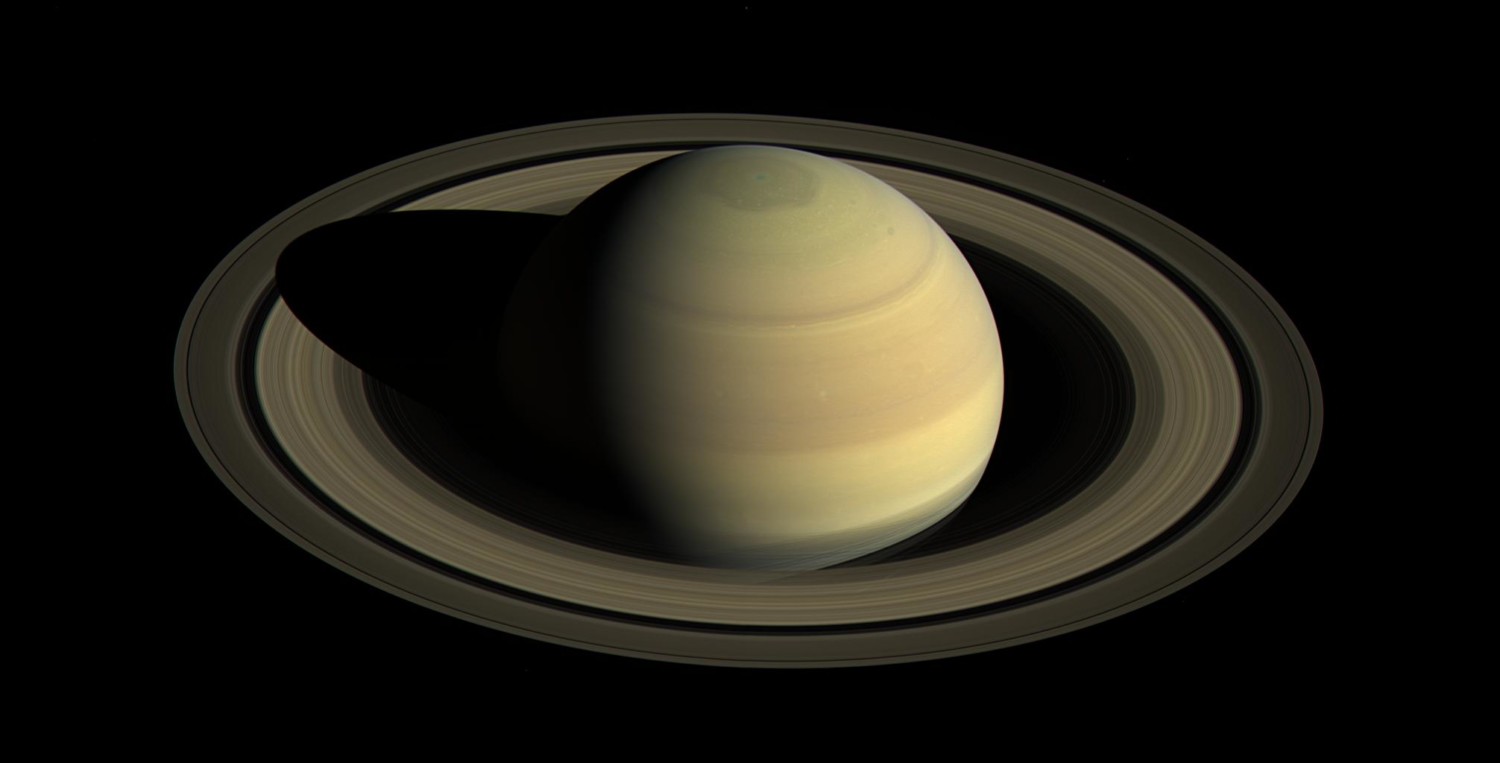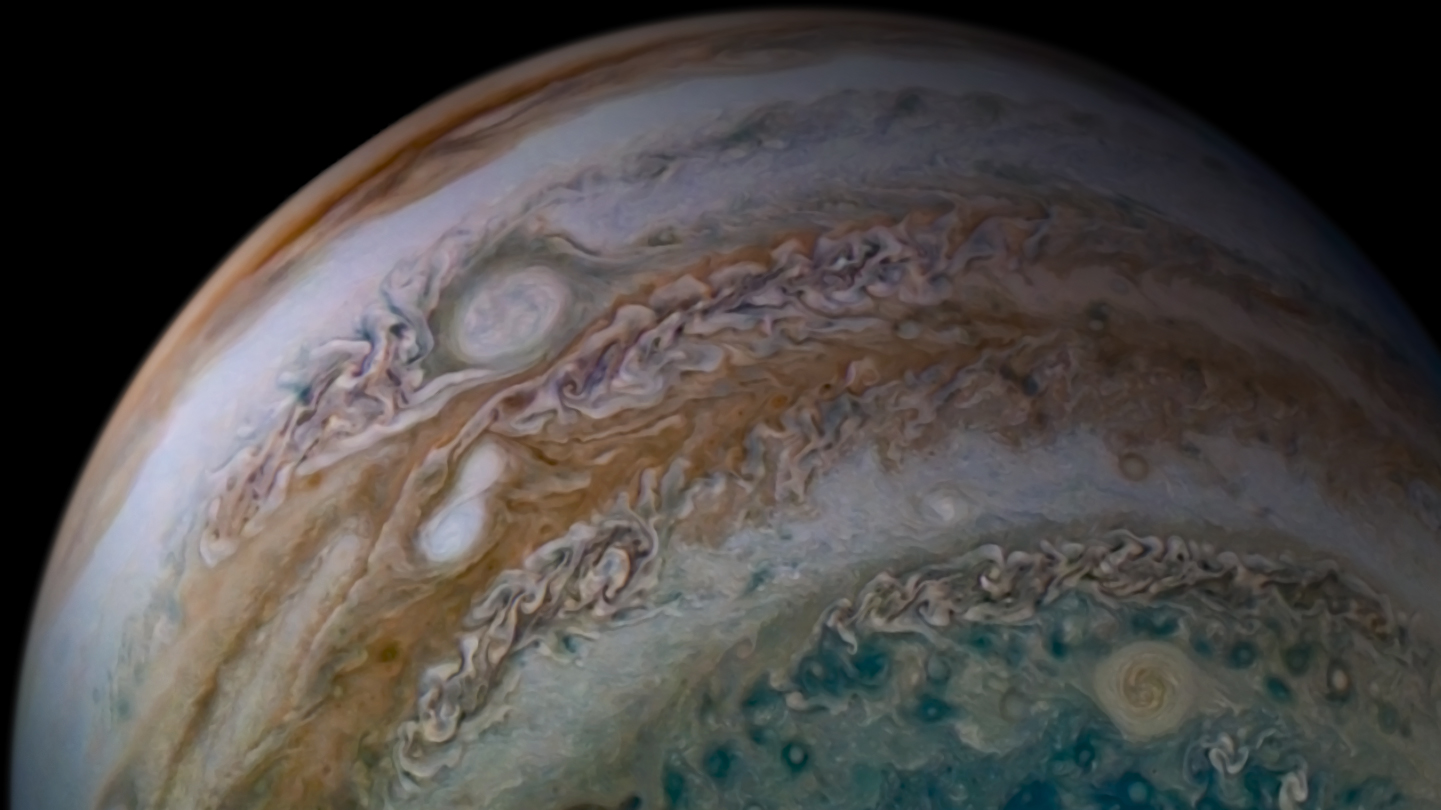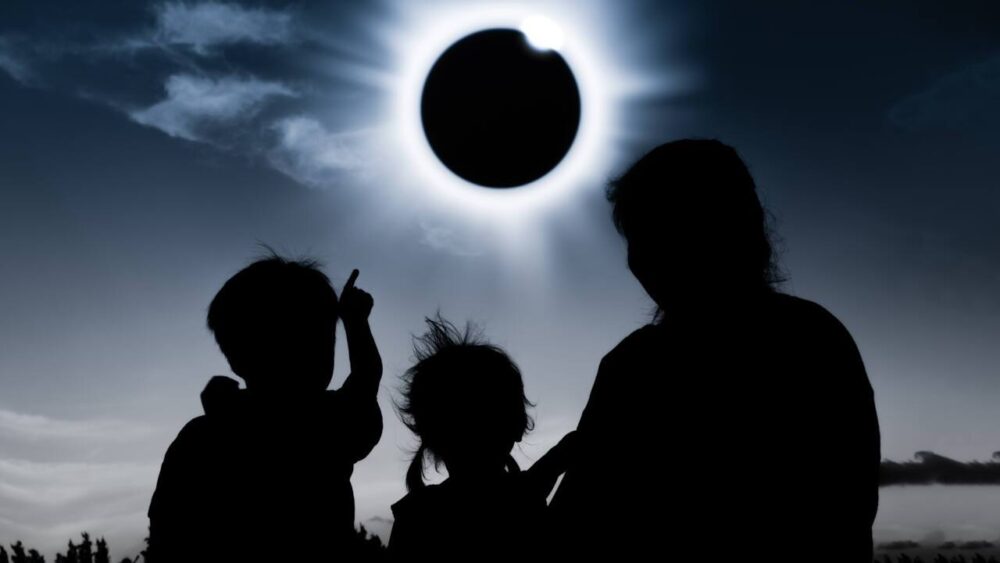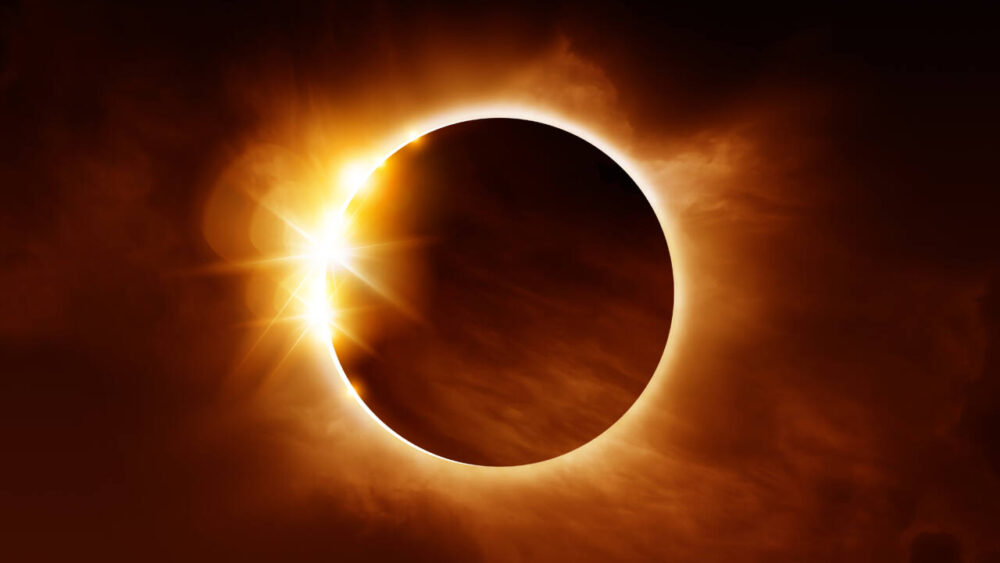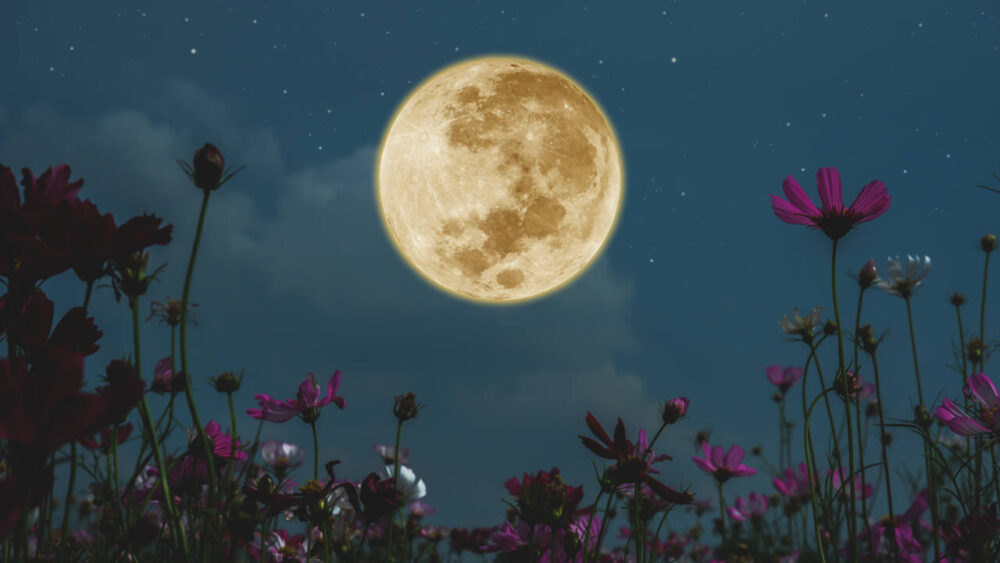How to see Saturn and Jupiter on the winter solstice—closer than they’ve been in 350 years
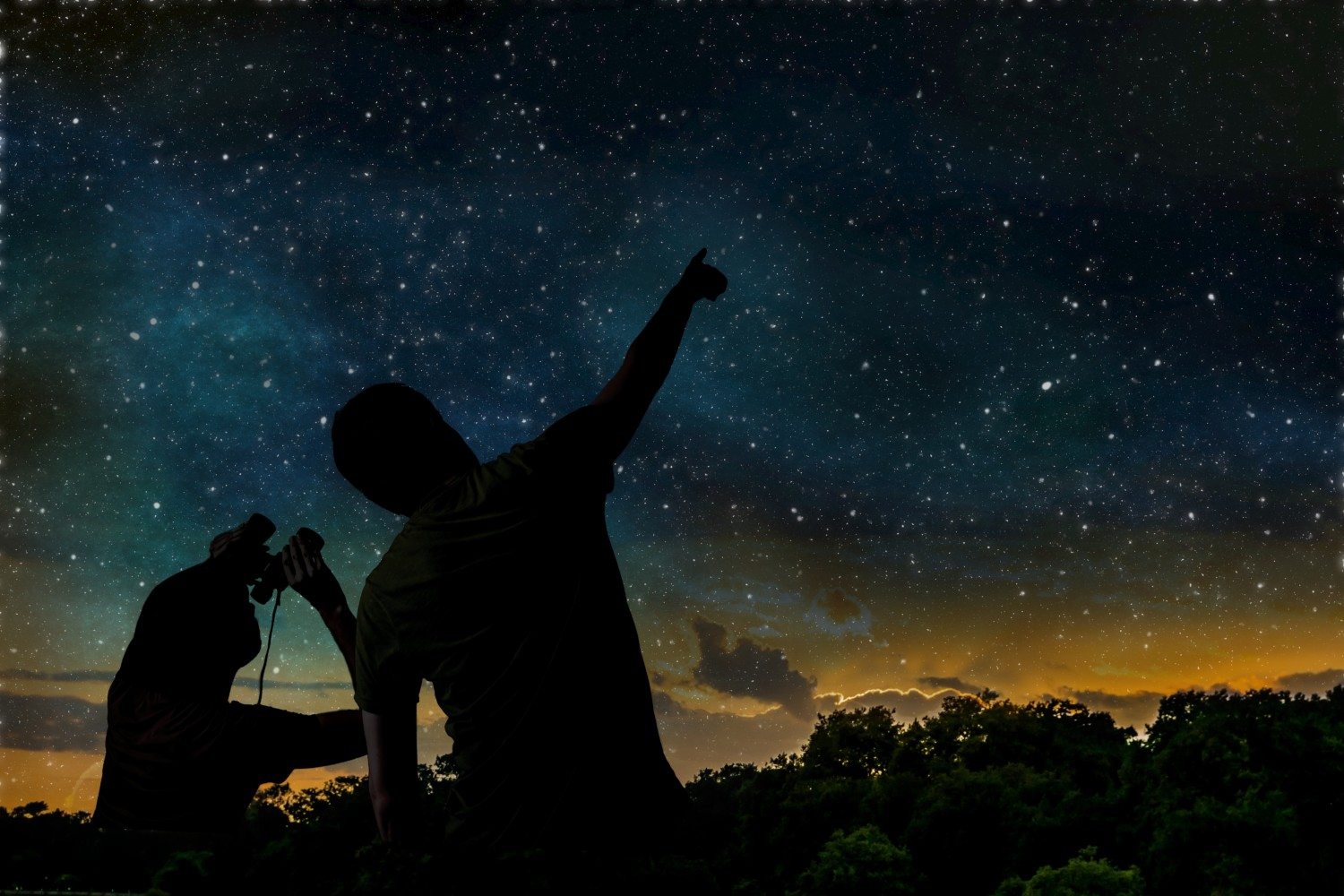
The final major celestial moment of 2020 is expected to happen on the longest night of the year — the winter solstice.
On Dec. 21, stargazers will be able to look up to the night sky and see Saturn in conjunction with Jupiter. A conjunction occurs when two planets line up close to one another in the night sky, and these are relatively common occurrences.
Saturn and Jupiter, however, are the exception. The last time anyone saw our solar system’s gas giants this close together was in 2000, and this year’s event is expected to be even more impressive. That’s because Saturn and Jupiter will come within 0.1 degrees of each other — about one-fifth the width of a full moon.
The last time they were this close was in 1653, and it won’t happen again until 2080.
You can see Saturn and Jupiter right now by looking to the south to southwest right after the sun goes down.
Jupiter is currently the brightest planet in the night sky, and the slightly dimmer Saturn is nearby with a golden hue.
Though Saturn and Jupiter are close right now, with each passing night, the two planets will inch closer to one another in the night sky. And on Dec. 21, they’ll be so close, it’ll almost appear as if they’re a single entity in the sky.
After a year of incredible meteor showers, impressive supermoons, a weird flashing star and a rare blue moon on Halloween, this event is the perfect way to finish out the year.
Follow Meteorologist Jason Meyers on Twitter or watch one of his entertaining and educational YouTube videos.


